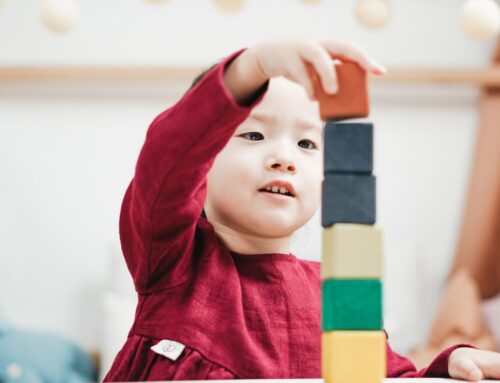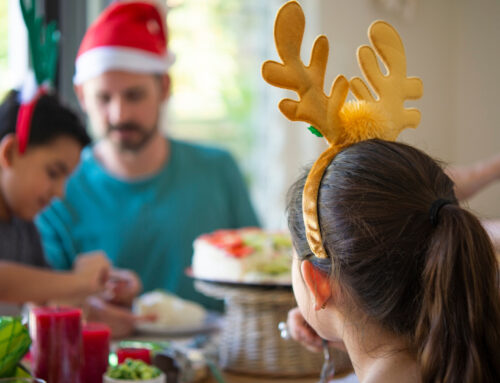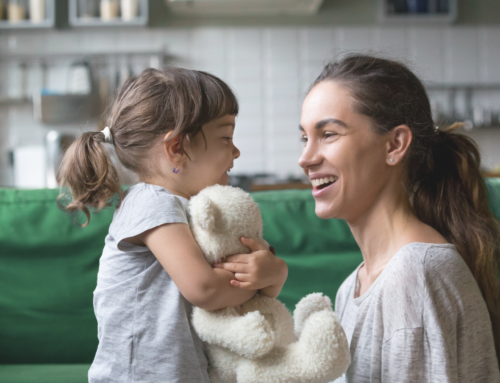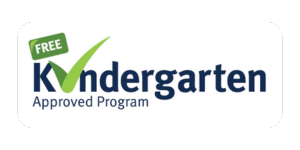By Emma Thomas
We all know that talking to our children promotes their development, but it’s not just the quantity of words that we exchange that matters. Research has shown that language development, verbal communication and literacy skills are impacted by the way in which we communicate, as well as our relationships.
If you’re interested in the research, Hart and Risley (1995) studied language interactions between parents/carers and their children. We can take some simple and easy to put into practice concepts from this research which will inspire us in how we talk with our children. By thinking about the way we communicate we can:
- support their growth and development
- build deeper relationships
- create more enjoyable interactions
The research found their are 2 main types of communication, ‘business talk’ and ‘dancing talk’. Families who use more ‘dancing talk’ typically have children with larger vocabularies, a stronger understanding of the rules of speech and conversation and a wider range of language expeices. These are the perfect building blocks for early literacy and set children up for developing reading and writing skills.
Dancing Talk
Just like dancing, ‘dancing talk’ is interactive and engaging. Dancing talk:
- Is responsive to the child
- Uses interesting and varied language
- Uses longer words and sentences
- Ask questions
- Make comments,
- Offers opportunities for turn taking
During dancing talk we are focused first on interaction and engagement and second on getting the task complete.
Business Talk
The opposite of ‘dancing talk’ is ‘business talk’. ‘Business talk’ gets things done, it often involves short, clear instructions and doesn’t tend to encourage much interaction. ‘Business talk is extremely important but it can be easy for it to end up being the main way that we communicate with young children.
An example:
Business Talk
“Come to the table for dinner.”
This approach offers clear and simple instructions. No attempt is made to extend vocabulary or spark conversation.
Dancing Talk
“Oh my, I am absolutely starving! How is your tummy feeling? It’s dinner time now, let’s go to the table and see what delicious food there is.”
This approach uses a variety of words, you attempt to engage the child in conversation and provide interesting vocabulary.
It is unrealistic for us to engage in ‘dancing talk’ whenever we speak with our children. However by setting ourselves the challenge of incorporating dancing talk in some key moments of our day we are providing great opportunities to extend our child’s language. You could try turning “it’s time to get up” into “good morning sleepy head! The sun is shining and it’s time to get ready for the day. Let’s start with a stretch.” Or ‘“hop in the car” into “let’s get in the car together, we’re going to the shops. I’m going to buckle you into your nice cosy seat so that you are safe while we are driving.”
Of course ‘business talk’ has its place. Sometimes you need your child to ‘STOP’ or ‘COME’ for safety reasons! Also if children are tired, overwhelmed or in unfamiliar situations they may respond better to simple language and short sentences.
Incorporating dancing talk into our regular routines helps promote children’s language development in a way which is enjoyable for everyone! It provides opportunities to engage in rich and interesting conversations and learn more about what your child thinks of the world.
This is a fascinating topic and if you are interested in some further reading I would encourage you to check out the links below.
Serve and return: https://developingchild.harvard.edu/science/key-concepts/serve-and-return/
Serve and return interactions shapes brain circuitry: https://www.youtube.com/watch?v=m_5u8-QSh6A
References
Hart, B., & Risley, T.R. (1995). Meaningful differences in the everyday experience of young American children. Boston: Brookes Publishing.









